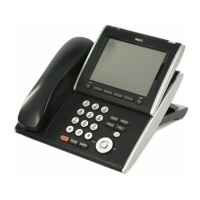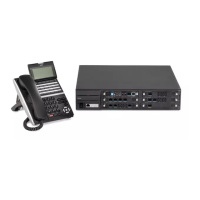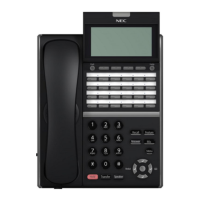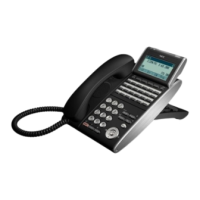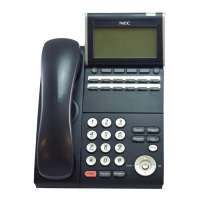Issue 2.0
SV9100 Networking Manual 5-21
7.3 Layer 3 QoS
QoS is most commonly implemented at Layer 3. This allows the VoIP packets to
be prioritized by routers, before they are forwarded to their next hop.
Layer 3 QoS uses the Type of Service (ToS) field of the IP packet. This is an 8-bit
field in the header of the IP packet. The field can be used by Diffserv or IP
Precedence. Although these are two different standards, the actual field in the IP
packet is the same – Only the method of evaluating the bits differs.
QoS does not function only by using the ToS field (i.e., Marking the VoIP packets).
It is an end-to-end process and requires configuration on all networking devices.
Packet Marking is the first step in this process and is often the only step that the
NEC dealer performs.
Figure 5-8 Layer 3 QoS Example
Protocol Structure - IP/Pv4 Header (Internet Protocol Version 4)
4 Bits 4 Bits 8 Bits 16 Bits
Version IHL Type of Service Total Length
Identification Flags Fragment Offset
Time to Live Protocol Header Checksum
Source Address
Destination Address
Option + Padding
Data
Type of Service Field (Diffserv)
6 Bits 2 Bits
Differentiated Services Code Point ECN
(Not QoS related)
Type of Service Field (IP Precedence - Ref. RFC 1349)
3 Bits 1 Bit 1 Bit 1 Bit 1 Bit 1 Bit
IP Precedence Value Delay Throughput Reliability Cost MBZ
(must be
zero)
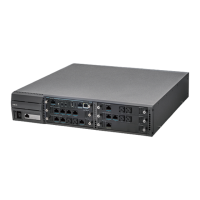
